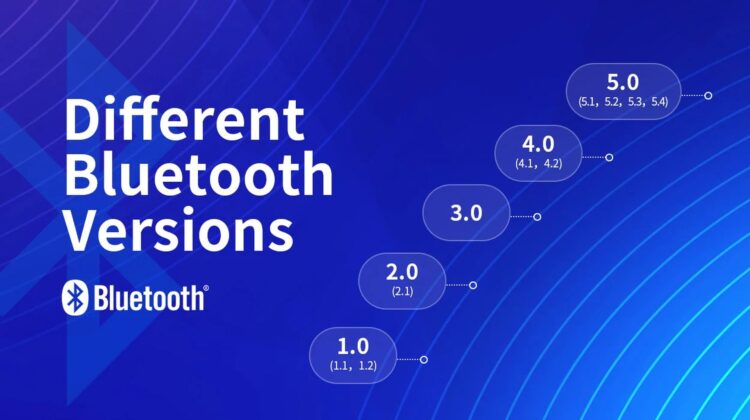For example, we use Bluetooth technology almost daily, from wireless headphones to simply pairing our phones to a tower. However, like how it’s used, have you ever wondered how Bluetooth has progressed over the years?
Bluetooth has a long history (more than two decades) and is a vital part of our wireless world. These days, Bluetooth isn’t just a convenient technology; it’s become a staple for short-range communication, from home to home or office to office. What do all these different versions mean? Let’s break it down.
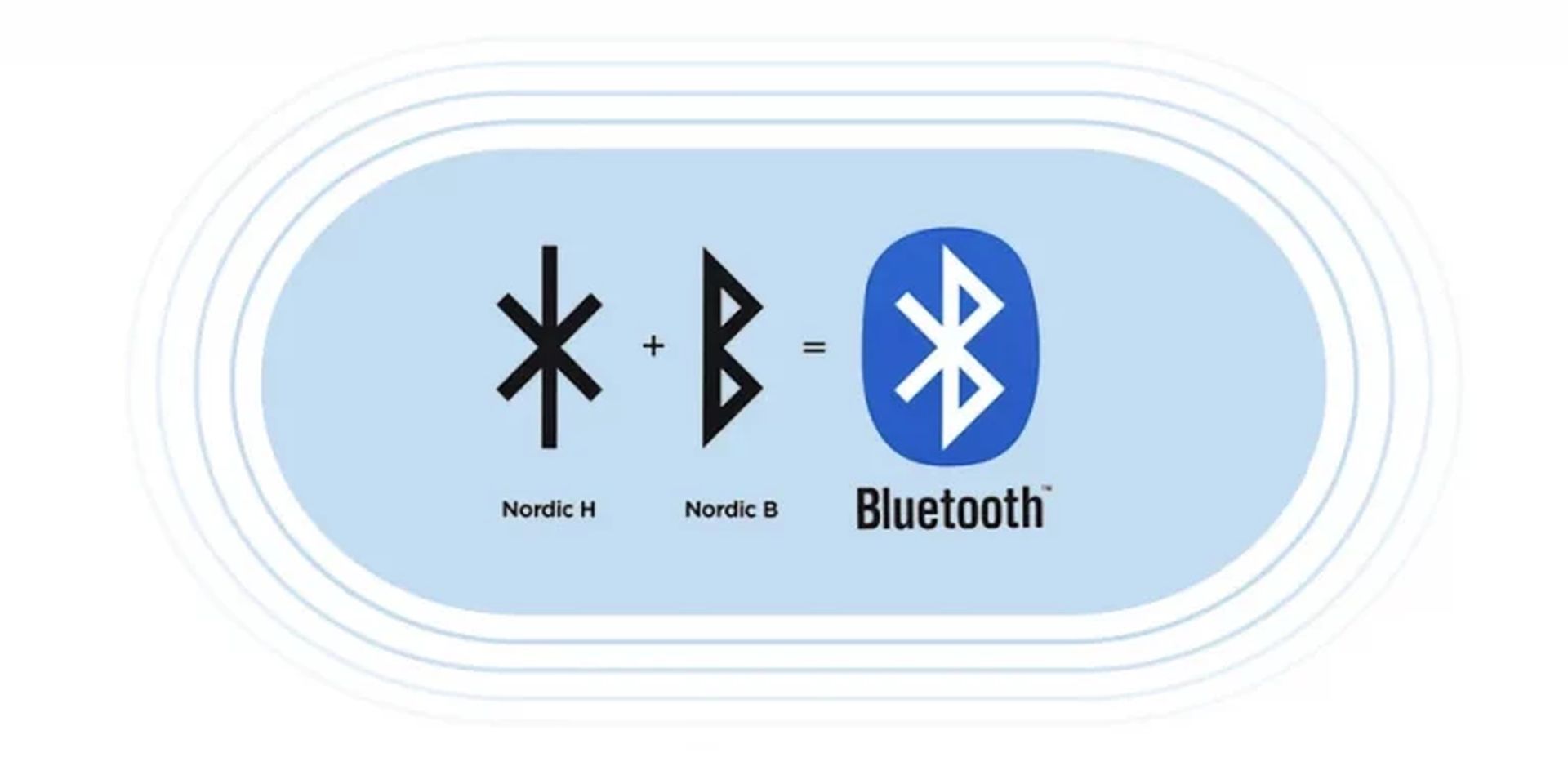
How has Bluetooth evolved from the past to the present?
Back in the old days, Bluetooth wasn’t what we know it to be today. The first version had some limitations, but it’s the groundwork that allows for the seamless connectivity we depend on today. Over the many versions we’ve gone through, speed and security have been improved, too. With each version adding something new to the table, you’ll understand why we now see more advanced Bluetooth features that make our devices that much smarter.
The early days: Bluetooth 1.0
The idea was that Bluetooth would replace the swamp of cables from Bluetooth’s introduction in 1999. That narrow use case for Bluetooth 1.0 was about capping the cord and letting low-power, short-distance communication replace traditional connection plumbs such as keyboards and mice. Its initial purpose was simple: This will allow phones and laptops to communicate wirelessly.
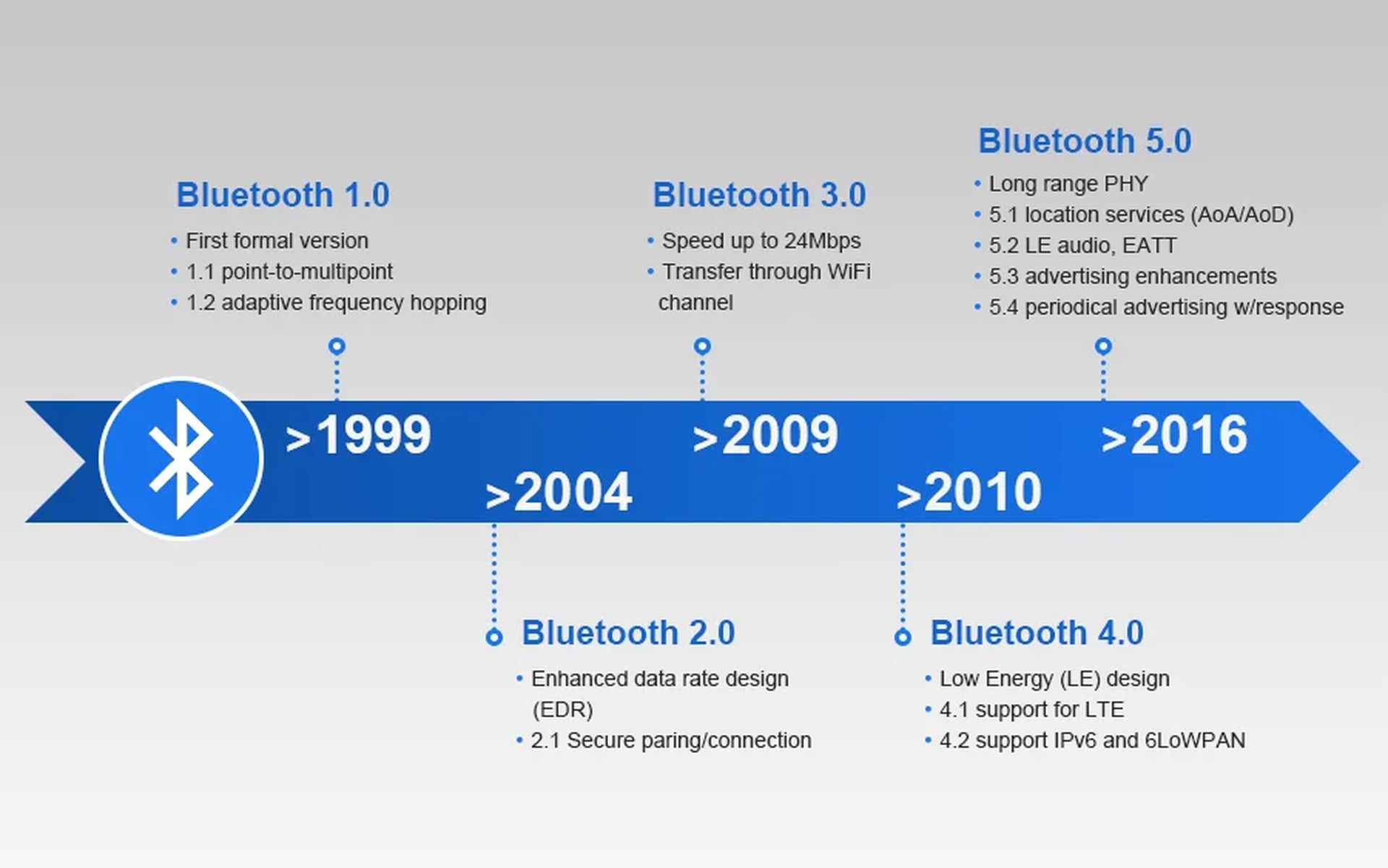
Nevertheless, Bluetooth 1.0 was problematic. The data transfer speeds were relatively slow, with a range of just 10 meters. However, it would pave the way for wireless headsets, one of the first accessories to leap onto this bandwagon. The mission then, as now, was for Bluetooth to provide a wireless alternative that would make devices interoperate more simply.
Faster and safer connections with Bluetooth 2.0
In 2004, Bluetooth 2.0 introduced some exciting new features. Enhanced Data Rate (EDR) improved things the most, allowing a maximum of 3 Mbps. This allowed you to connect multiple devices simultaneously: a wireless keyboard, mouse, and printer, for example. Its range was up to 30 meters, giving a sense of how much devices could communicate with one another.
In a few years, Bluetooth 2.1 introduced the game-changing Secure Simple Pairing (SSP). If you’ve ever paired two Bluetooth devices using a PIN, you’ve felt this improvement. The SSL SP replaced old, insecure pairing methods with a more solid one that protected you against hacking.
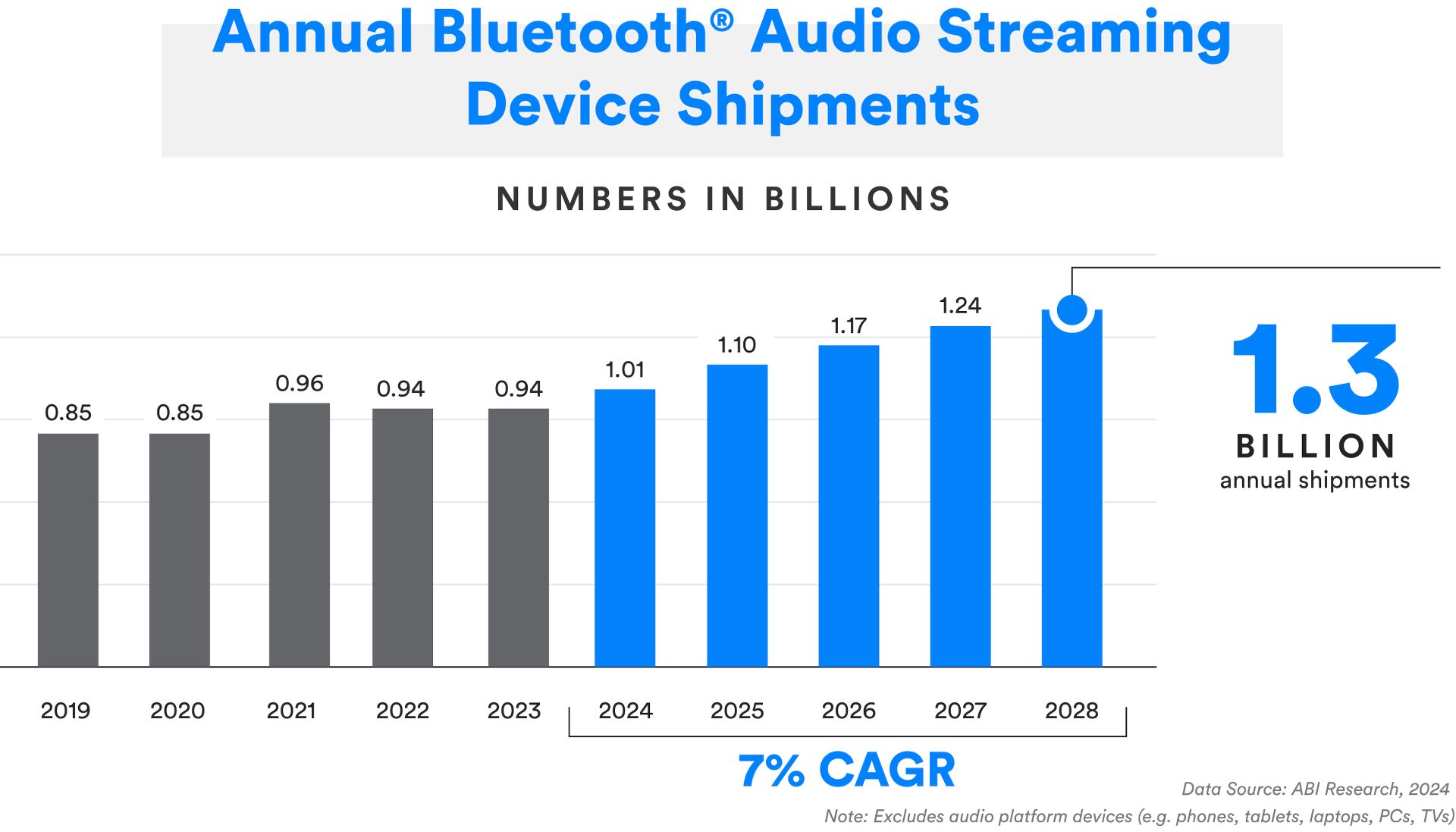
Bluetooth 3.0: A faster solution with a twist
In 2009, Bluetooth 3.0 took things even further with an optional feature dubbed High-Speed (HS). This feature allowed data transfers up to 24 Mbps, but there was a catch: Bluetooth wasn’t alone in processing those high-speed transfers. Bluetooth-connected devices were used instead, while Wi-Fi did the heavy lifting for large files. The Bluetooth and Wi-Fi mix also helped performance, but devices still needed to support both standards, which held back the adoption.
Years later, however, Bluetooth 3.0 had better power management with Enhanced Power Control. It helped devices save battery life a little better since they were further apart, so your Bluetooth devices wouldn’t run out of juice on you.
The dual journey of Bluetooth 4.0: Classic vs low energy
By 2010, Bluetooth was known by everyone and ready to branch out. A huge shift had occurred—it was with Bluetooth 4.0. The technology now has two paths: Classic Bluetooth or Bluetooth Low Energy (BLE). Classic maintained its high speed and high-power function, while BLE was optimized for minimal-power devices such as fitness trackers and wearables.
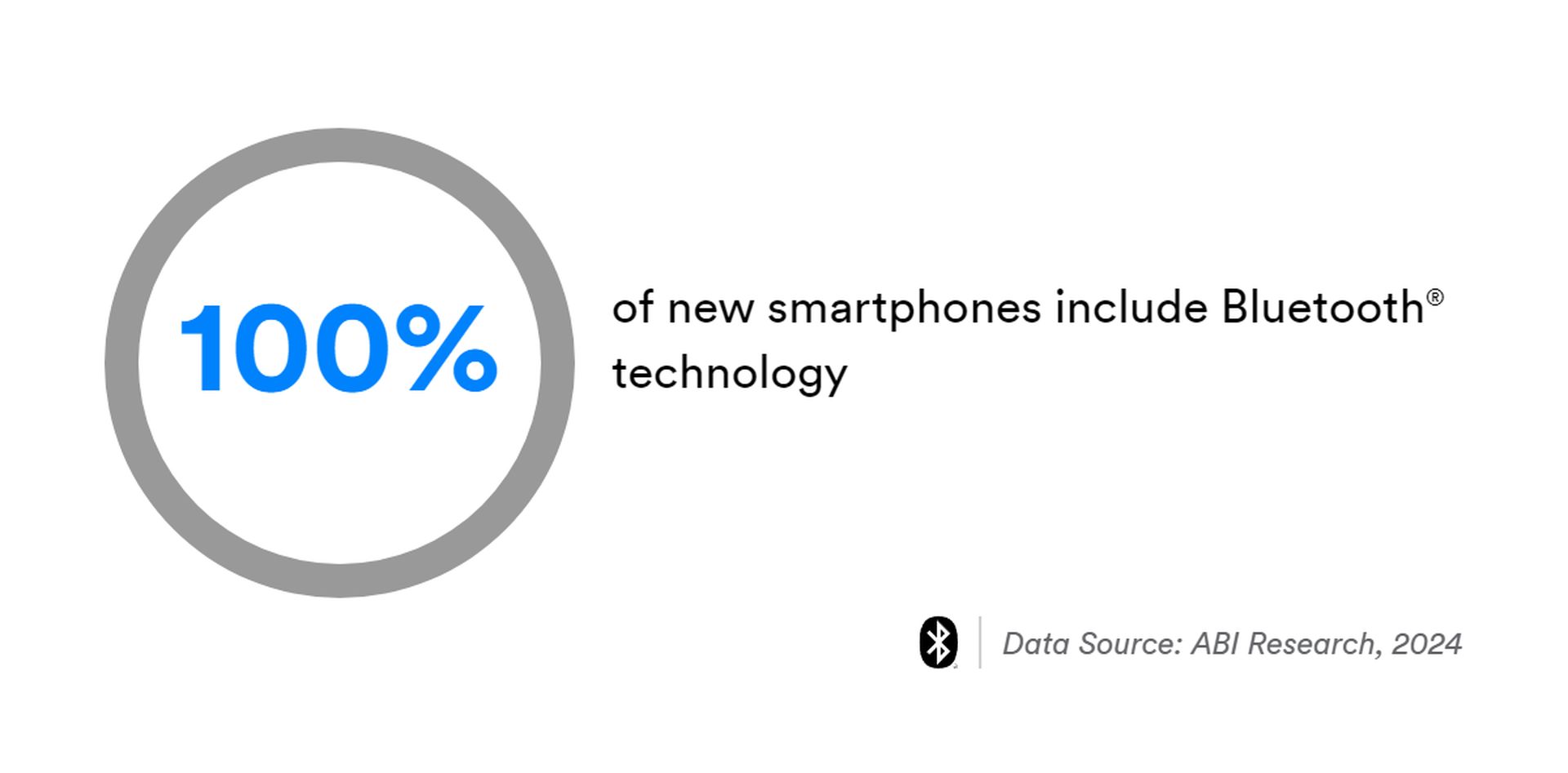
Bluetooth Low Energy revolutionized how devices could stay within range for a long without draining their batteries. By cheaply extending batteries, BLE allows gadgets to do small things, like syncing your steps from a fitness band. Classic Bluetooth continued to improve, but BLE was a game changer, especially for devices requiring constant connectivity, and never drained the device’s power.
Bluetooth 5.0 to 5.4: A leap for audio and beyond
Bluetooth 5.0, released in 2016, was another big step for the tech, with huge increases in range and speed. Now, devices could buzz up to 2 Mbps, and users could choose from a range that boosted connectivity to 240 meters in the best conditions. Flexible bandwidth was introduced in Bluetooth 5.0, giving devices a choice about which bandwidth characteristic to optimize, with speed, range, or power efficiency determined by the use case.
Instead, the next few versions (Bluetooth 5.1, 5.2, etc.) were concerned with further refining the technology. We were introduced to the Low Complexity Communication Codec (LC3) in LE Audio, which gave us better audio quality at lower bit rates, all with Bluetooth 5.2. You could get better sound quality for the first time without compromising your battery life. The Auracast feature in LE Audio opened the door for broadcasting sound to many devices simultaneously, as a single source could feed audio to more than one pair of earbuds.

Bluetooth 6.0: The future of Bluetooth is here
In August 2024, it was announced that Bluetooth 6.0 would be the next big iteration of this technology. One of its coolest features is Bluetooth Channel Sounding, which gives devices a more accurate sense of physical distance between them. Proximity is particularly important for smart locks and car keys, and this level of precision is very useful.
Concurrent with more precise distance measurements are the addition of security and efficiency enhancements. Bluetooth 6.0 is also believed to help with the delay in audio applications and will improve how we hear sound in the future. It won’t be until 2025 (or beyond) that consumer devices will start to come with Bluetooth 6.0, yet its impact will have to be felt for many years.
The road ahead for Bluetooth technology
A road map of how Bluetooth went from 1.0 to 6.0 shows how adaptive and important it is for the devices that are in our lives. Each version brings faster speeds, more secure connections, and features like LE Audio and precise distance tracking. With Bluetooth growing every day, we can expect much more innovation in the future, whether it’s better audio quality or a more reliable smart device.
For now, at least, it’s worth deepening your appreciation for just how far Bluetooth has come and gone and how much of our daily technology is held up by it without you ever noticing.
Image credits: Bluetooth

